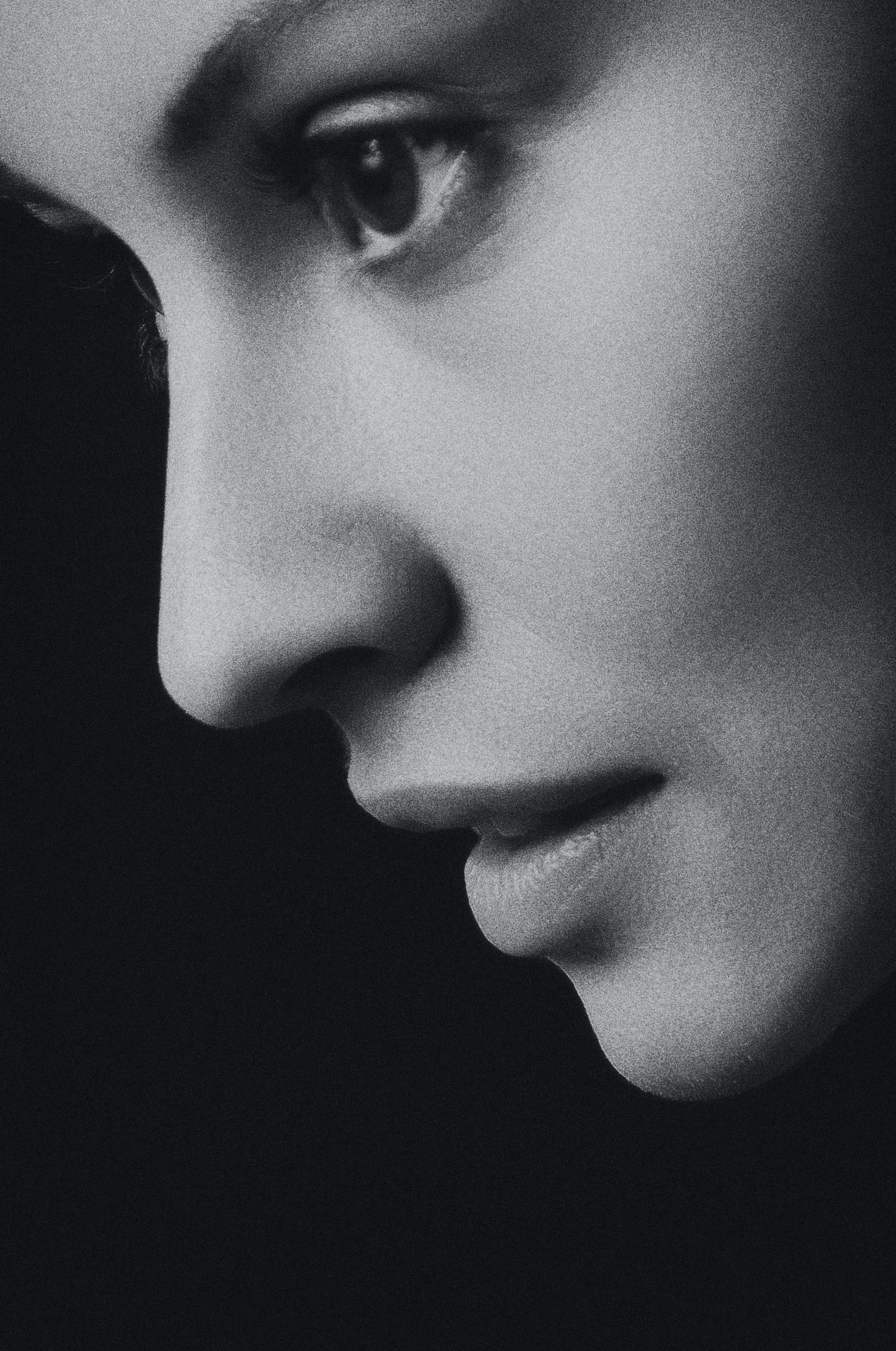About botulinum toxin
What is botulinum toxin?

Botulinum toxin in its cosmetic version, also referred to as "Botox" by patients, is a well-liked injection that temporarily minimises or gets rid of wrinkles and fine lines on the face. Frown lines, forehead furrows, and crow's feet around the eyes are the most often treated areas. Other regions that have been treated include gummy grins, lip lines, heavy jaw muscles, and thick neck bands.
A pure chemical generated from bacteria is botulinum toxin. Botulinum toxin injections prevent the nerve signals from reaching the targeted muscle. The muscle cannot contract without a signal. Unwanted face wrinkles or look are reduced as a result. Botox®, Dysport®, Xeomin®, and Jeuveau® are examples of commonly used botulinum toxin type A injections.
You can use botulinum toxin to
- Smooth forehead furrows, bunny lines, frown lines, lip lines, and crow's feet.
- Reduce neckbands
- Enhance the chin's skin dimpling's appearance
- Raise your mouth's corners.
- Make a square jawline softer
- Fix a goofy smile.
While Dysport® and Xeomin® are only approved for frown lines, the FDA has approved the use of Botox® for the treatment of crow's feet and frown lines. All other applications are regarded as "off label."
Who is a good candidate for botulinum toxin?
One of the most prevalent symptoms of ageing, wrinkles, can eventually result from smiling, frowning, squinting, even chewing—basically any facial movement. When you're not, they can make you appear fatigued or even furious. An injection of type A botulinum toxin is one of the quickest and safest ways to get rid of wrinkles.
To further enhance your results, botulinum toxin can be combined with other cosmetic skin procedures including chemical peels, laser treatments, dermal fillers, or microdermabrasion. Even the development of new wrinkles and lines can be helped by this combination of treatments.
What are the risks of botulinum toxin?
You can start doing your regular things right away.
One word of caution: After the wrinkle treatment, avoid rubbing or massaging the treated regions since this may result in the botulinum toxin spreading to other parts of your face. You can have momentary face drooping or weakness if this occurs.
Botulinum toxin problems and side effects, albeit generally safe, can include:
- Injection site bruising and discomfort
- Flu-like symptoms
- Headache
- Nausea
- Redness
- Temporary facial weakness or drooping
It is extremely improbable that the toxin will travel outside of the treatment region and cause symptoms resembling those of botulism, such as difficulty breathing, swallowing difficulty, muscle weakness, and slurred speech.
What should I expect during my recovery?
There is no need for anaesthetic. Botulinum toxin injections don't require any downtime or recuperation.
You can start doing your regular things right away.
One word of caution: After the wrinkle treatment, avoid rubbing or massaging the treated regions since this may result in the botulinum toxin spreading to other parts of your face. You can have momentary face drooping or weakness if this occurs.
What results should I expect after botulinum toxin?
It can take a few days for you to see effects, but it might take up to a week to get the entire impact. About three to four months usually pass after this improvement.
Your muscle reflexes and wrinkles will reappear once the effects of the botulinum toxin start to wear off.